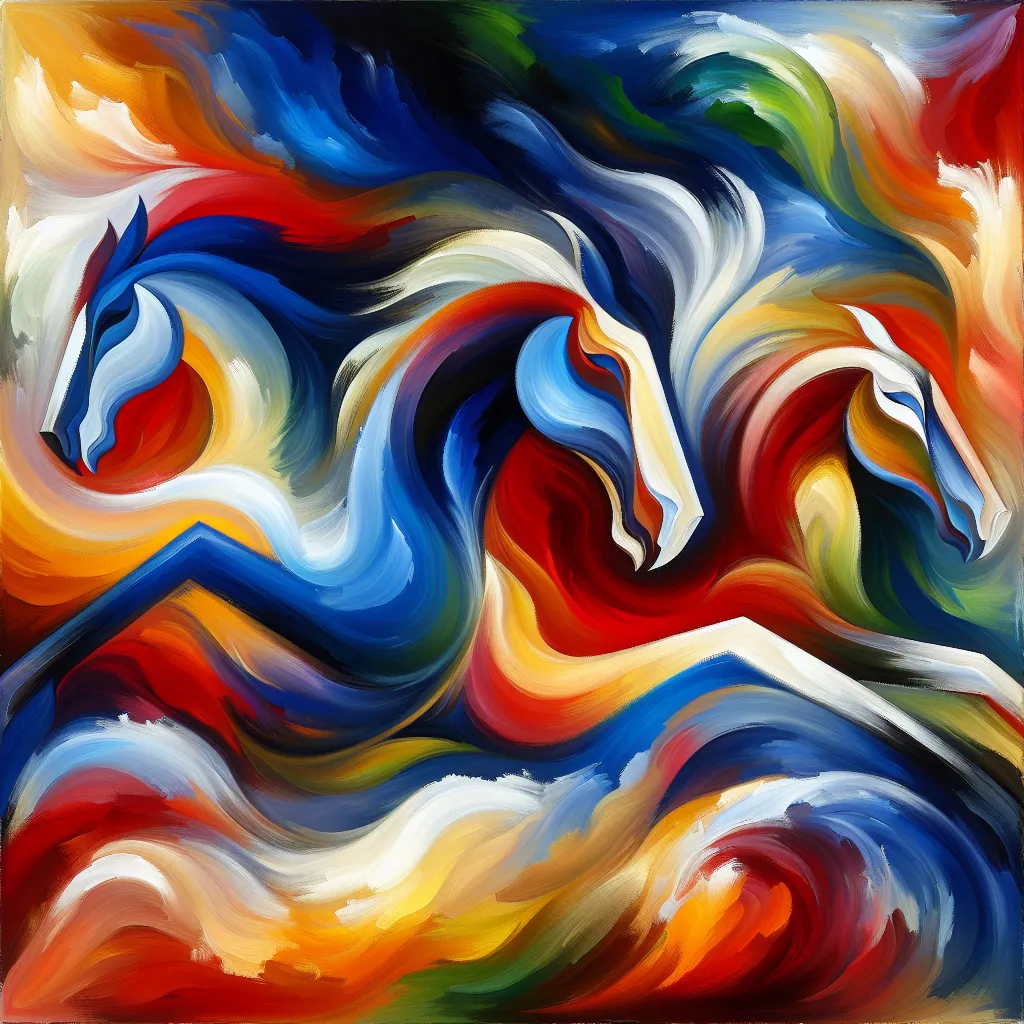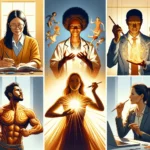The IELTS Speaking test often includes questions about famous people from your country, including artists. Being prepared to describe a famous artist from India can help you perform well in this section. Let’s explore how to effectively answer questions about a renowned Indian artist and impress your examiner.
Understanding the Task
Before we dive into sample answers, it’s important to understand what the examiner is looking for. When asked to describe a famous artist from your country, you should be prepared to:
- Identify the artist clearly
- Provide some background information
- Explain why they are famous
- Discuss their work and impact
- Share your personal opinion
Remember, the key to scoring well is not just what you say, but how you say it. Focus on using a wide range of vocabulary, correct grammar, and clear pronunciation.
Part 1: Introduction and Interview
In Part 1, you might be asked general questions about art and artists. Here are some possible questions and sample answers:
Q: Do you enjoy art?
Band 6-7 Answer:
Yes, I do enjoy art. I find it interesting to look at paintings and sculptures. I especially like visiting art galleries when I travel to new cities.
Band 8-9 Answer:
Absolutely! I’m deeply passionate about various forms of art. I find it immensely rewarding to explore different artistic styles and mediums. Visiting art exhibitions and museums is one of my favorite pastimes, as it allows me to broaden my horizons and gain new perspectives on life and culture.
Part 2: Long Turn (Cue Card)
For Part 2, you might receive a cue card like this:
Describe a famous artist from your country.
You should say:
- Who the artist is
- What kind of art they create
- Why they are famous
- And explain how you feel about their work
Here’s a sample answer for this cue card:
Band 6-7 Answer:
I’d like to talk about M.F. Husain, a famous Indian painter. He was born in 1915 and passed away in 2011. Husain is known for his modern art paintings that often depict Indian culture and history. He became famous for his unique style that combined Indian folk art with modern techniques.
Husain’s paintings are colorful and expressive. He often painted horses, which became a signature element in his work. He also created paintings of Hindu deities and important historical figures.
He became famous not just in India but internationally. His paintings have been exhibited in many countries and have sold for millions of dollars. He was called the “Picasso of India” because of his impact on modern Indian art.
Personally, I find Husain’s work fascinating. I love how he uses bold colors and simple lines to create powerful images. His paintings make me think about Indian culture in new ways. While some of his work has been controversial, I believe he made a significant contribution to Indian art.
Band 8-9 Answer:
I’d be delighted to discuss M.F. Husain, an iconic figure in Indian modern art. Born in 1915 and passing away in 2011, Husain left an indelible mark on the art world with his avant-garde approach to painting.
Husain’s artistic repertoire primarily consists of vibrant, large-scale paintings that seamlessly blend elements of classical Indian art with contemporary Western techniques. His work is characterized by bold brushstrokes, vivid color palettes, and a distinctive figurative style that often incorporates mythological and cultural motifs.
Husain rose to prominence due to his unparalleled ability to capture the essence of Indian culture and history on canvas. His paintings of horses, in particular, became his trademark, symbolizing power and freedom. He gained international acclaim for his innovative interpretations of Hindu deities and historical figures, which both captivated and provoked audiences worldwide.
The artist’s fame transcended national boundaries, earning him the moniker “Picasso of India.” His works have been showcased in prestigious galleries globally and have commanded astronomical prices at auctions, cementing his status as one of India’s most celebrated artists.
Personally, I find Husain’s work profoundly moving and intellectually stimulating. His ability to evoke emotion through seemingly simple forms and vibrant colors is truly remarkable. While some of his pieces have sparked controversy, I believe this speaks to the thought-provoking nature of his art. Husain’s legacy, in my opinion, lies in his courage to challenge conventional artistic norms and his significant contribution to putting Indian art on the global map.
 MF Husain's vibrant painting
MF Husain's vibrant painting
Follow-up Questions
- How has M.F. Husain influenced other Indian artists?
Band 6-7 Answer:
Husain has inspired many young Indian artists to experiment with different styles. His success has shown that Indian art can be appreciated globally.
Band 8-9 Answer:
M.F. Husain’s influence on Indian art is profound and far-reaching. He paved the way for a new generation of artists to push boundaries and explore the intersection of traditional Indian themes and modern artistic techniques. His success on the international stage has elevated the profile of Indian art globally, encouraging other artists to think beyond conventional limits and aspire to worldwide recognition.
- Do you think controversial art should be censored?
Band 6-7 Answer:
This is a difficult question. While I believe in freedom of expression, I also think artists should be respectful of others’ beliefs. Maybe there should be a balance between artistic freedom and sensitivity.
Band 8-9 Answer:
This is indeed a complex and nuanced issue. On one hand, artistic freedom is fundamental to creativity and social progress. Art often serves as a catalyst for important conversations and can challenge societal norms in meaningful ways. However, we must also consider the potential for art to cause genuine distress or inflame tensions in diverse societies. Rather than outright censorship, which can be a slippery slope, I believe in promoting dialogue and understanding. Perhaps the solution lies in providing context and education alongside controversial artworks, allowing viewers to engage critically with the piece while respecting diverse perspectives.
Part 3: Two-way Discussion
In Part 3, the examiner might ask more abstract questions related to art and artists. Here’s an example:
Q: How do you think technology is changing the way we create and experience art?
Band 6-7 Answer:
Technology is changing art in many ways. Artists can now use digital tools to create new types of art. People can also see art online without going to galleries. This makes art more accessible to everyone.
Band 8-9 Answer:
Technology is revolutionizing both the creation and consumption of art in profound ways. On the creative side, digital tools have opened up new avenues for artistic expression, from digital painting and 3D modeling to virtual reality experiences. This has blurred the lines between traditional and digital art forms, leading to exciting hybrid creations.
In terms of experiencing art, technology has democratized access to a degree never seen before. Virtual tours of museums, high-resolution images of artworks online, and augmented reality applications have made it possible for people around the world to engage with art that was once geographically inaccessible. This has the potential to broaden cultural understanding and appreciation on a global scale.
However, this digital shift also raises interesting questions about the authenticity and aura of artwork. While a digital reproduction can reach millions, it may not fully capture the tactile and emotional experience of standing before an original piece. As we move forward, I believe the art world will continue to grapple with balancing the benefits of technological advancement with preserving the unique qualities of traditional art experiences.
Key Vocabulary and Phrases for High Scores
To achieve a high score in your IELTS Speaking test, it’s crucial to use a wide range of vocabulary and complex sentence structures. Here are some key terms and phrases that can help elevate your answers:
-
Avant-garde (adjective) – /ˌævɒ̃ˈɡɑːd/ – New and experimental ideas and methods in art, music, or literature.
Example: “Husain’s avant-garde approach to painting revolutionized Indian art.” -
Indelible mark (phrase) – /ɪnˈdelɪbl mɑːk/ – A lasting impression or effect.
Example: “The artist left an indelible mark on the art world with his unique style.” -
Transcend (verb) – /trænˈsend/ – To go beyond the usual limits of something.
Example: “Husain’s fame transcended national boundaries, making him an international icon.” -
Provoke (verb) – /prəˈvəʊk/ – To stimulate or give rise to a reaction or emotion.
Example: “His controversial paintings often provoked heated debates about artistic freedom.” -
Nuanced (adjective) – /ˈnjuːɑːnst/ – Characterized by subtle shades of meaning or expression.
Example: “The issue of censorship in art is highly nuanced and requires careful consideration.”
Examiner’s Advice
To achieve a high score in the IELTS Speaking test, particularly when describing a famous artist:
-
Prepare thoroughly: Research famous artists from your country and practice describing their work and impact.
-
Use specific examples: Don’t just give general statements. Provide specific details about the artist’s work or life to support your points.
-
Show personal engagement: Express your own opinions and feelings about the artist’s work. This demonstrates critical thinking and language skills.
-
Practice pronunciation: Pay attention to the pronunciation of art-related terms and the names of artists and artworks.
-
Expand your art vocabulary: Learn and use a range of art-related terms to describe styles, techniques, and mediums.
-
Link your ideas: Use cohesive devices to connect your thoughts and create a flowing, coherent response.
-
Stay calm and confident: Even if you’re not an art expert, speak confidently about what you do know.
Remember, the examiner is assessing your language skills, not your art knowledge. Focus on expressing your ideas clearly and fluently using a range of vocabulary and grammatical structures.
By following these tips and practicing regularly, you’ll be well-prepared to discuss famous artists and other topics in your IELTS Speaking test. Good luck!
For more practice on describing cultural aspects of your country, you might find it helpful to read about how to describe a place in your country that is famous for its history or how to describe a place important to your country’s cultural heritage.


